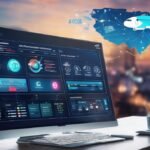In the vast expanse of Artificial Intelligence, a subfield has emerged that fuses creativity and technology in unprecedented ways – Neural Network Art. This intriguing intersection of science and art takes inspiration from human biological networks, structuralizing artificial neurons interconnected into a web of complex relationships. Through intricate mathematical and computational operations, they learn, evolve, and express in unique artistic forms. Across a multitude of domains including digital media, advertising, music, fashion design and even scientific visualizations, the influence of neural network art is pervasive. But it’s not just enriching aesthetics, the practical applications are equally compelling. As we plunge deeper, we face questions of authorship, copyright, and the societal implications of such technology. Yet, the future unveils promising advancements carried by a wave of intense research and innovation in this sphere.
The Science Behind Neural Networks
Neural Networks Unveiled: A Gateway Guide to Artificial Intelligence
Today’s queries orbit around a compelling subject encased in the sphere of artificial intelligence (AI): neural networks. This article will shed light on this pivotal technology and lead readers on a journey to understand how these wonders of artificial intelligence unfold their magic.
In layman’s terms, a neural network is an artificial replication of the human brain. Its primary function lies in teaching machines to think and learn like we do, aiding in solving complex problems in a way that feels natural to us.
Neural networks are founded on a web of simulated neurons or nodes organized into multiple layers. These networks speckle the fields of machine learning and artificial intelligence, shaping an ostensibly alien terrain into a familiar landscape.
Upon a first encounter, a neural network might resemble a labyrinth of nodes and lines. However, these components are orchestrated with a semblance to the human nervous system. Nodes, reminiscent of neurons, are grouped into layers and interconnected with ‘lines’ or synapses. Each connection has an associated ‘weight,’ emblematic of the synapse strength in the human brain. These nodes and connections collaborate to process data and relay information, the process akin to how neurons and synapses communicate in our brains.
Learning within a neural network stems from adjusting these weights based on the data it encounters and the task it needs to accomplish, a concept termed ‘training.’ Each action or ‘training round’ is a loop where the system gets a bit better at its task, by modifying the weight of each connection.
Take this rudimentary example: an image recognition system. At first, the network knows nothing about the objects within the picture. However, through several rounds of training – feeding the network thousands of images and adjusting the weights whenever it errs – the network gets finely attuned to recognizing a cat or a coffee table or a skyscraper.
Multi-layered neural networks – or deep learning models – register a heftier comprehension of data. They learn higher-level features, such as shapes or structures, from more basic notions like edges or textures. These systems unveil complex associations, peer into the network’s ‘imaginations,’ digitize the abstract, and outperform humans in certain tasks, like spotting cancerous tissues in medical scans.
In conclusion, neural networks harness the traits of the human brain to educate machines in the language of thought and cognition. With every stride in this realm, we traverse towards a future where our devices not only perform tasks but also understands the world as we do, making technology an extension of our cognitive toolkit – a future no less mesmerizing than a science fiction scenario.
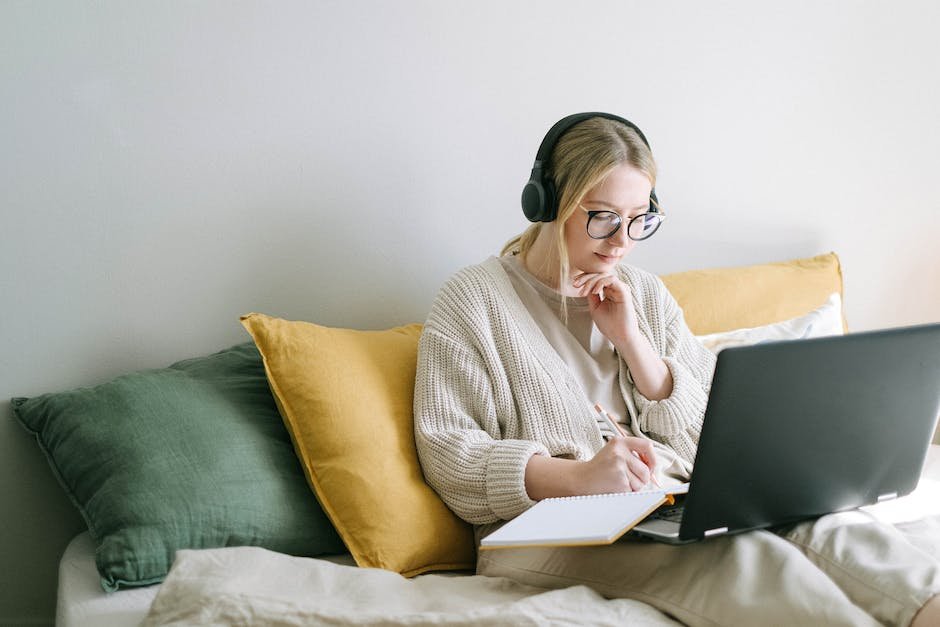
Applications of Neural Network Art
As we dive deeper into the realms of neural network applications, one surprising yet fascinating domain that is gaining intense popularity is that of art. Neural networks – these computational marvels have been pivotal in revitalizing the intersection between technology and art, often referred to as neural network art or Artificial Intelligence (AI) art. They bring to surface a powerful proposition – creating stunning pieces of art with the power of algorithms, all while reflecting the challenging question – “Can machines be creative?”
Neural network art leverages the concept of generative algorithms. Generative models are a subset of unsupervised machine learning tasks that involve automatically discovering and learning the regularities or patterns in input data in such a way that the model can be used to generate or output new instances that plausibly could have been drawn from the original dataset. The generative model in art creation, such as the most popular Generative Adversarial Networks (GANs) enables an AI to “dream up” and generate unique, completely original works of art by learning and understanding from pre-existing pieces.
There are many distinct areas where neural network art has found a profound footing. In the realm of visual art and design, AI algorithms have been employed to create mesmerizing paintings, digital illustrations, and even 3D sculptural artifacts. Platforms like Google’s DeepDream generator allow people to create abstract art simply by running images through their neural network. Autodesk’s Dreamcatcher, a generative design system, explores thousands of 3D design options based on a designer’s specific inputs, paving the way for AI-aided design processes.
Music is another powerful avenue of AI art. AI algorithms analyze vast amounts of sound data and music frameworks to create unique compositions. Algorithmic composition tools such as AIVA or OpenAI’s MuseNet are capable of composing original pieces of music across various genres.
An interesting extension is the utilization of neural networks in creative writing, including poetry and storytelling. Apps like Jukin Media’s Lumen5 can turn blog posts into videos, generating scripts, choosing layouts and even pairing the right music, thus automating creative production workflows.
In the realm of performing arts, choreography algorithms are being developed that can compose original dance sequences, reimagining the future of dance collaborations. A significant example is Google’s AI experiment – Choreographer AI, which uses posenet, a machine learning model, to generate a seamlessly flowing dance, thus pushing the boundaries of human-AI artistic collaborations.
The application of neural networks in art is not only allowing the democratization and accessibility of creative expression but is also infusing fresh perspectives into the traditional artistic process. The fusion of science, technology, and art through neural networks is undoubtedly opening astounding avenues of creativity and innovation, both for machines and humans alike.
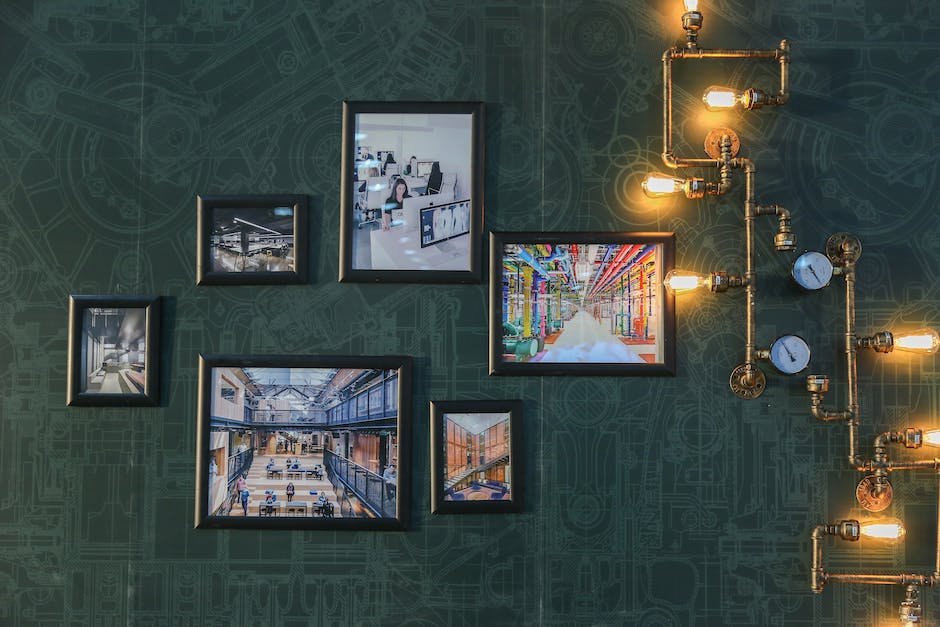
Popular Techniques in Neural Network Art Creation
Painting a Masterstroke with Neural Networks
Neural networks are revolutionizing the creative industry, giving birth to a new genre of artistic expression – neural network art. Similar to the intricate workings of our minds, these neural networks interact in complex, interconnected systems to create unique pieces of art. Incredibly adaptive and metaphorically flexible, these networks showcase a tantalizing potential that transcends the known boundaries of artistry.
Neural networks create art by employing several predominant techniques. For generating still images, deep convolutional generative adversarial networks (DCGANs) are typically employed. Trained on large datasets, these DCGANs learn the intrinsic features and characteristics of images to generate new, yet convincingly similar fantastical artworks. With DCGANs, generating art becomes akin to conducting an imaginative orchestra of technology and creativity, pulsating in harmonious synergy.
Style transfer, another intriguing technique, involves blending the style of one image with the content of another. Given a style image, typically an artwork with distinctive characteristics, and a content image, the neural network painstakingly transfers the style’s essence onto the content. This interplay of the analytical and the abstract results in novel representations of familiar objects, undeniably ushering a new, vibrant era of digital art.
Literary creativity, too, is being invigorated by methodologies like recurrent neural networks (RNNs). Narrative Science’s “Quill” is a testament to this progression. Trained on vast catalogs of literature, “Quill” can generate coherent reports and narratives, demonstrating that even the domain traditionally dominated by human creativity is permeable to the artistic touch of neural networks.
Indeed, the artistic capabilities of neural networks extend beyond the two-dimensional sphere, reaching as far as dance choreography. Google’s incredible Choreographer AI experiment synthesizes original dance sequences with remarkable sophistication and fluidity. This feat is accomplished based on a deep understanding of existing dance movements, steps, and patterns, proving that even the most physically expressive of human arts can be understood and contributed to by AI.
Algorithms like Autodesk’s Dreamcatcher have also ventured into the realm of 3D sculptural design, proffering elegant solutions to complex design challenges. By flawlessly blending technical efficiency and aesthetics, these algorithms reveal an astounding potential in design processes, suggesting a future where AI serves as an indispensable collaborator.
Platforms such as Google’s DeepDream generator and algorithmic composition tools like MuseNet and AIVA embody the revolutionary potential of neural network art. They democratize the artistic process, offering a powerful, accessible medium for every individual to experiment with and express their creativity.
It’s compelling to realize how these creative applications of neural networks harbinger a potent fusion of art and technology. This symbiosis forms an entrancing vortex of curiosity and awe, a stepping stone to uncharted territories in the field of artificial intelligence. As we continue to explore and push boundaries, it is worth noting that the essence of artistry remains intrinsically human. Nonetheless, the interfusion of artificial intelligence and human imagination in neural network art is undoubtedly redefining our traditional concepts of creativity and innovation.

Ethical and Legal facets of Neural Network Art
Ethical and Legal Considerations in Neural Network Art
As neural network art continues to evolve, ethical and legal issues inevitably arise. These concerns are centered around the nature of artistic creation, authorship, copyright, and potential misuse of the technology. Here, we delve into some of these critical issues in an attempt to challenge the notion of what constitutes art in the digital age and develop a more responsible and ethical framework around its adoption.
Deciphering Authorship
Arguably, the most significant ethical dilemma in neural network art revolves around the question of authorship. When an artificial intelligence (AI) creates a masterpiece, who becomes the rightful artist? Is it the machine learning model that manipulated countless pixels, the developer who designed the neural network, or the individual who selected the parameters for image generation? Determining authorship in this novel intersection of art and technology poses a grave challenge since traditional artistic processes primarily involve human creativity, not machine-learned patterns.
The Concept of Ownership
Along with authorship, the question of ownership also needs to be thoroughly examined. Art created by AI could be considered “common property” under the assumption that the input data (images, music) used to train these neural networks are widely available online. However, if that data is someone else’s copyrighted work, will using them infringe upon legal rights? Such controversies make it pressing to re-evaluate existing copyright laws and their suitability for this emerging technological era.
Potential Misuse and Privacy Concerns
While neural networks pave the way for countless artistic opportunities, they also present the potential for misuse. For instance, deepfakes – realistic fake videos generated by AI – pose significant threats relating to misinformation and privacy invasion. These ethical concerns highlight the need for robust regulations governing the use of AI-driven technology in art.
Influence on Artistic Values and Human Creativity
Aside from legality, there are foundational ethical considerations tied to how neural network technology can impact our society’s values and the notion of human creativity. The rise of machine-aided art raises questions about devaluing human creativity and effort, potentially leading to a homogenized form of art. Therefore, while it is crucial to welcome this technological revolution, it is equally important to foster human imagination and safeguard our cultural and artistic diversity.
Conclusion: Striking a Balance
The exploration of these ethical and legal issues reveals a need for a balanced approach to the use of neural networks in art. Striking a balance between encouraging technological innovations and maintaining ethical integrity is crucial. Generating laws that encapsulate authorship rights for AI-generated art, ensuring the privacy and legal rights of data subjects, protecting human creativity, and regulating potential misuse can help maintain this delicate equilibrium. Empowering this neural network renaissance while preserving dignity and respect for the centuries-old human artistic endeavor requires a collaborative and conscientious global conversation.
While there is no conclusive answer in sight concerning these legal and ethical quandaries, the conversation is vibrant and ongoing. Ultimately, as we navigate this new era of neural network art, it is crucial to become aware of these issues and contribute to the dialogue. As embraced before, society will adjust, adapt, and continue using technology to shape the future of art in a responsible and ethical manner.
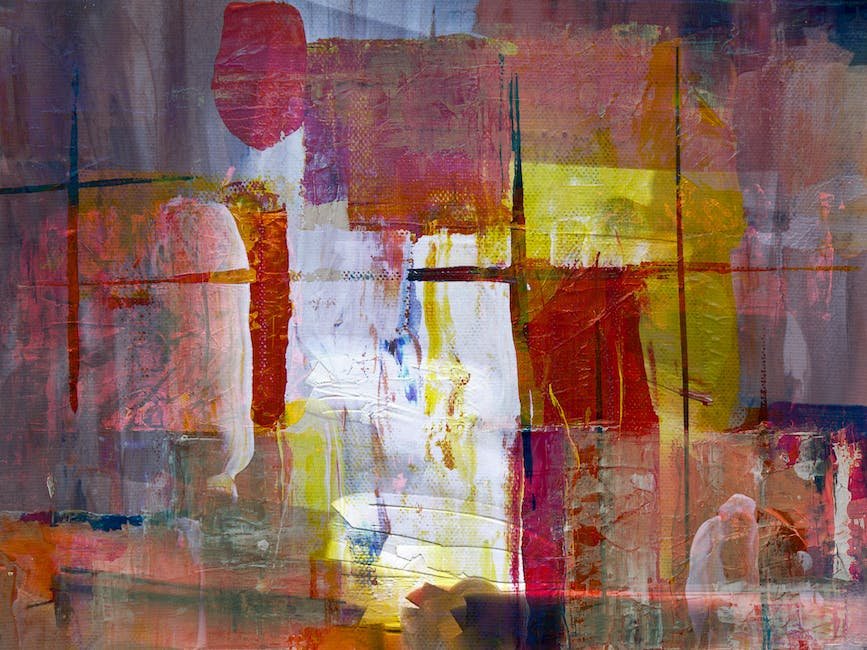
Future Potential and Research in the field of Neural Network Art
Venturing into the foreseeable future of neural network art, one encounters a fascinating nexus of technology and creative expression. Numerous research and experimentation are underway propelling forward this innovation-engulfed landscape where machine learning, neural networks, and creativity intersect.
One exciting perspective involves enhancing the generative capacity of neural networks. Instead of merely creating art mimicking specific visual styles or patterns, the future compels these digital systems to evolve. Work carried out by Hewlett Packard Labs aims to equip neural networks with the capability to generate metaphors in poetry, anecdotes in storytelling, or evocative imagery in visual arts – an ambitious leap towards artificial intelligence truly understanding human emotions and abstract concepts.
Another trend being fervently researched is the role of neural networks in interactive art experiences. Integrating real-time user input and environmental data could pave the way for dynamic art forms that continuously evolve and respond to interactions. An example of this is IBM’s Tone-Analyzer, designed to transform textual inputs into impassioned color spectrums.
Furthermore, the future of neural network art will inevitably transform the concept and processes of learning to create. Schools and universities are already exploring ways to incorporate AI and machine learning into curriculum frameworks. Several companies are taking steps to democratize access to these tools. For instance, Runway ML is a company aiming to render machine learning and AI more accessible, empowering creators with the ability to harness neural networks’ full potential.
Likewise, the intersection of AI-art and augmented reality (AR) represents an exciting frontier. Microsoft, with its HoloLens platform, has led the way in integrating AR with AI-empowered art, giving users the ability to interact with neural network-created pieces in a virtual space.
The future of neural network art isn’t merely confined to visual art. Music and sound art, too, are being profoundly impacted. OpenAI’s MuseNet is a deep learning-powered tool capable of composing intricate pieces across a variety of styles and historical periods. Even theatre may soon experience the influence of neural network art. OpenAI’s GPT-3, an AI language model, recently co-authored a theatre play, signifying an exciting glimpse into the future of performative and narrative neural network art.
However, while the future brims with exciting possibilities, several pressing ethical concerns also require due attention. One pivotal issue pertains to the authorship and copyright of AI-generated art. Although multiple court rulings have dismissed the idea of AI holding copyright, the debate on whether computer-generated on its own is considered ‘original’ work still lingers.
Moreover, AI systems with access to vast image databases bring up privacy concerns. Photos that individuals believe are private might be anonymously processed and consequently visualized in a piece of AI-generated art. On a broader scope, the uncritical use of neural networks in art may inadvertently reaffirm and perpetuate biases embedded in training data, thereby impacting the representation and diversity in AI-generated artworks.
Conclusively, the future of neural network art holds promise for significant breakthroughs while also treading unknown ethical and legal waters. Striking a balance between technological advancement, artistic expression, and ethical prudence will be a crucial challenge on the horizon, making the evolution of neural network art all the more exciting and intriguing to witness. Thus, it remains indisputably an area for continuous and rigorous inquiry and advancement.
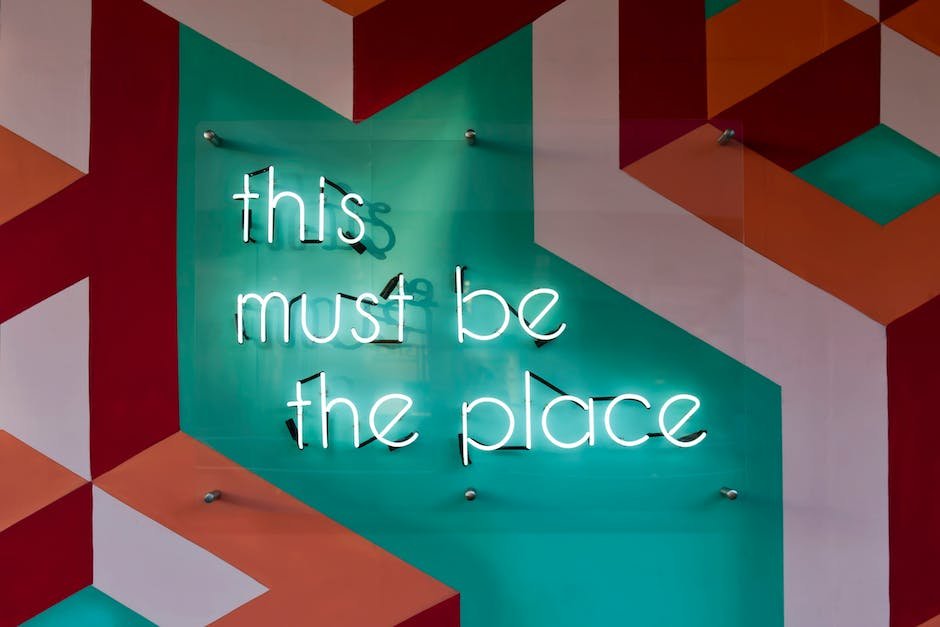
Capturing the essence of this intricate dance between science and art, neural network art represents a remarkable testament to human imagination and technological prowess. As our understanding and control over these artificial neurons grow, so too will the possibilities for breathtaking artistic expressions and valuable practical applications. The ethical and legal landscapes will have to evolve apace, tackling challenging questions of intellectual property and societal impact. Yet none of this diminishes the optimism for the future of this field, as thrilling research milestones continue to pave the pathway for potential breakthroughs. The canvas of neural network art continues to expand with myriad hues and shades, enriching our world and indulging our senses in ways we can only begin to imagine.


